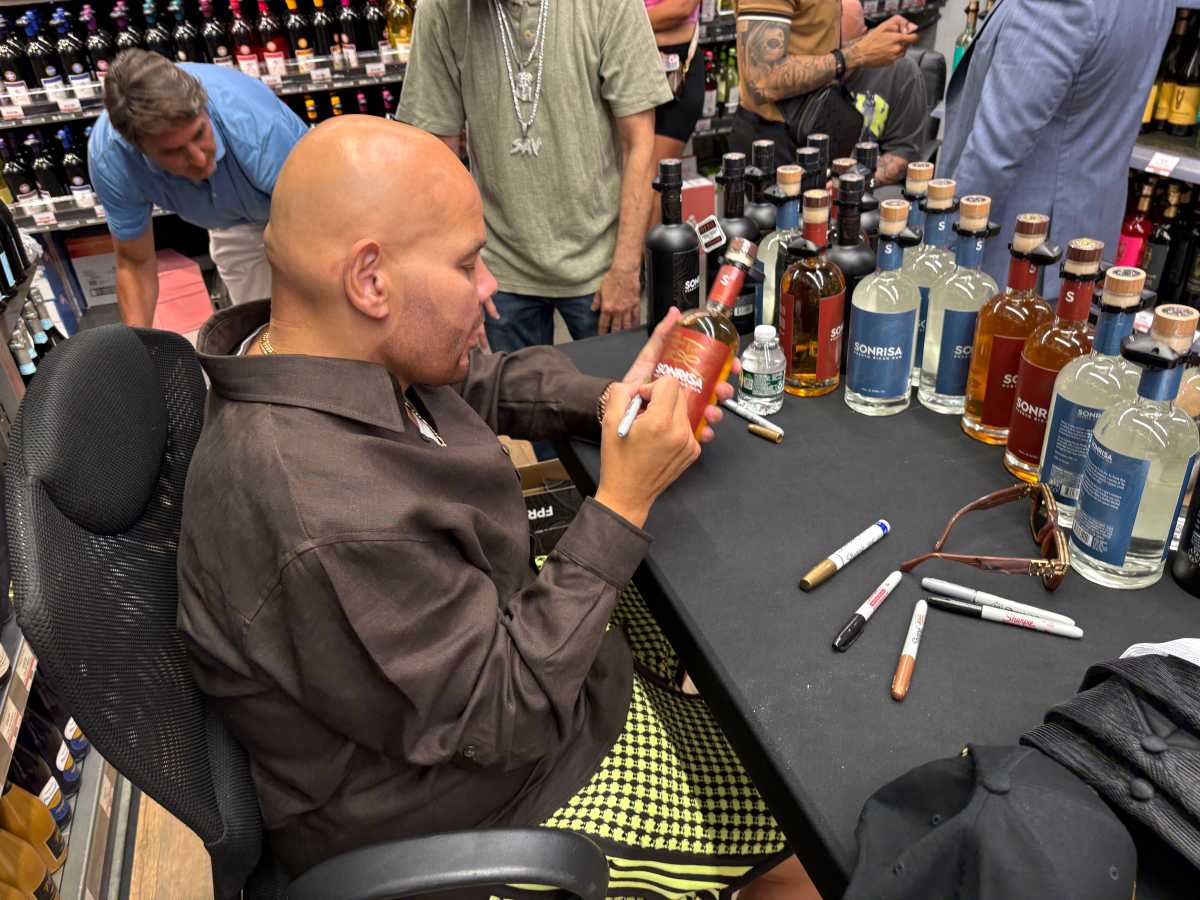By Jerry Tallmer
“Renaissance man” is one of the most overworked phrases in the English language, but it’s what I can’t help thinking about Gregory Dawson, the artist — to peg him to what he loved best — who died Sunday night, October 21, at New York Hospital, of liver failure and complications, at age 73.
I knew Greg pretty well, or thought I did, ever since he and a handful of associates opened The Ballroom, a procreative restaurant and cabaret on Soho’s West Broadway, in the early 1970s, but Greg was always surprising me with sudden window-glimpses into his past that I knew nothing about, or had forgotten if I ever did know.
“When I was working for Tex and Jinx,” he might (and did) matter-of-factly toss off one day, putting him onto a whole new planet, so to speak, as far as I was concerned. Or: “When I was working for Moses on the ’64 World’s Fair” — Robert Moses, that would be, and hell, I once had known that and probably even had, as a reporter, received calls at the time from P.R. man Greg, but in later years had blanked it out.
“Greg Dawson was one of the movers and shakers of New York, a Damon Runyon character,” the actor Jack Wrangler said on Monday morning of this week. Jack, whose wife is the singer Margaret Whiting, was one of those at Greg’s hospital bedside the day he died. In the 1980s, Greg Dawson had been road manager for “4 Girls 4,” the combo of Rosemary Clooney, Rose Marie, Helen O’Connell and Margaret Whiting that toured back and forth across this country to enormous success. They all, including Margaret, put in tremendous individual gigs at The Ballroom when it moved up to 28th Street, just off Eighth Avenue, in the 1980s. But it was down at West Broadway that I covered, among various other events, Joseph Papp (yes!) as a singer of Yiddish songs (he was great) and an exhibit of the paintings of Norman Mailer’s Arkansas-bred wife Norris Church (not bad). That was the kind of offbeat stuff Greg adored — without ever showing his adoration.
The other people in that hospital room were Greg’s sister Hilary Schlesiger, his friend Ed Wright and the powerhouse singer Baby Jane Dexter, who’d been one of the regular stars at The Ballroom. Some others who performed there included Peggy Lee, Eartha Kitt, Johnny Ray, Van Johnson, Mary Cleere Haran, Lonette McKee, Anita Ellis, Blossom Dearie and Helen Schneider.
“He was in the hospital five weeks,” Baby Jane said last weekend. “In and out of the I.C.U. He was so sick — liver poisoning, staph infection, pneumonia. When I showed up just after he went in, he yelled at me: ‘Get a mask!’ I sat and read the papers to him. He couldn’t get comfortable. Everything hurt. The day before he went in the hospital he said to me: ‘I did something bad — I started drinking again.’ ”
She talked about the birth of The Ballroom.
“The whole renaissance of New York cabaret began at Reno Sweeney’s. Then came The Ballroom. I was there in ’76, ’77. The thing is: You got paid! A salary! Greg could be a little harsh — until you saw him with his two Irish setters. He was such an innovative person. A more important person than people knew.” Pause. “I just got chills when I said that.”
A few basic details, for the record.
Gregory Dawson was born January 12 or 13 (death certificate says January 13), 1934, in Winnetka, Illinois. His father was attorney and writer Mitchell Dawson. His mother was Rose Hahn Dawson, a lady of culture. Carl Sandburg often came to the house. One of Greg’s uncles was the early abstract painter Manierre Dawson, a strong influence on young Greg. No less strong an influence was aunt Emily Hahn, his mother’s sister, a lifelong (1905-1997) pattern-smashing rebel, world traveler, author of some 52 books starting in 1930 with “Seductio ad Absurdum … A Beginner’s Handbook.” Greg openly adored his Aunt Emily, and set me up for a terrific interview with her in the 1970s.
He’d come down to New York from Yale in 1955, intending to go into radio. The Tex and Jinx “Breakfast Show” was evidently the first and last step in that direction. He also did some work for columnist-to-be William Safire and for the Four Seasons restaurant. This I learn or am reminded of by Greg’s friend Andrew Crispo, the art gallery guy with a tangled past. Greg himself, in a much smaller way, had a brief comedy-of-errors entanglement over providing “recreational” materials to this one and that one. I never knew that before either, any more than I knew or cared anything whatsoever about Greg’s sexual orientation. I didn’t even know he had been one of David Rothenberg’s key allies in the early struggle for gay recognition, gay rights. If you’d asked me, I’d have said: “Greg? Good old brusque, blunt, masculine Greg?” The boyfriend of 20 recent years was, I now learn, a waiter at The Ballroom who must have worked my table, but I didn’t know that either. He was also at Greg’s final bedside.
What I did know, at least of late years, was how all his life Greg had, with all else, underlying all else, been a working artist too shy to show his stuff in public. He finally, one day, invited me to a studio in, as I remember it, Chelsea — he lived in Brooklyn — where every shelf and every surface supported wild and wonderful, small, surreal sculptures of every shape, variety, combination and material. We have one at home: a little yellow figure, 4 inches high, with a peaked head that’s half a dunce’s cap, half a snout. A tiny billboard dangles from his arm. It says: “For Fran and Jerry.”
Thank you, Gregory, from us both. (My wife truly loved him.) Happy landings.
There will be a memorial service for Greg Dawson on Sunday, November 18, at 3 p.m., in the Yale Club, 50 Vanderbilt Avenue.





































